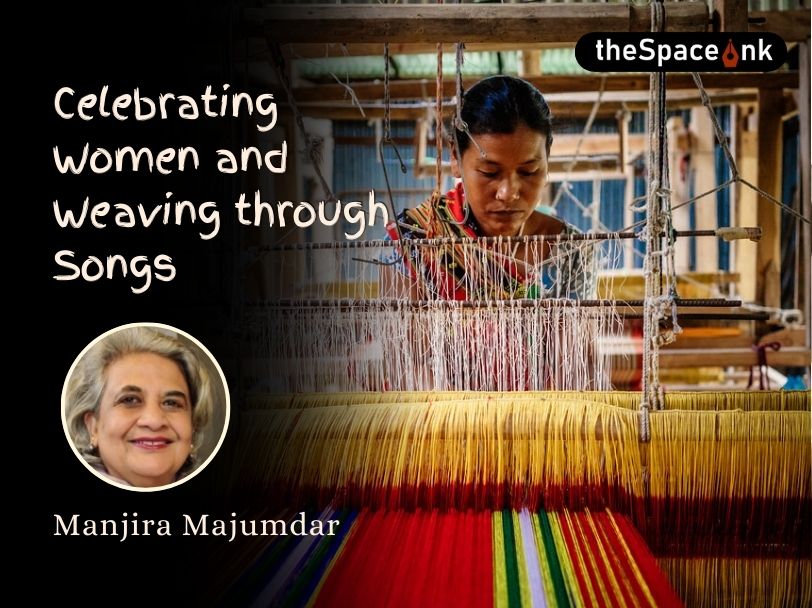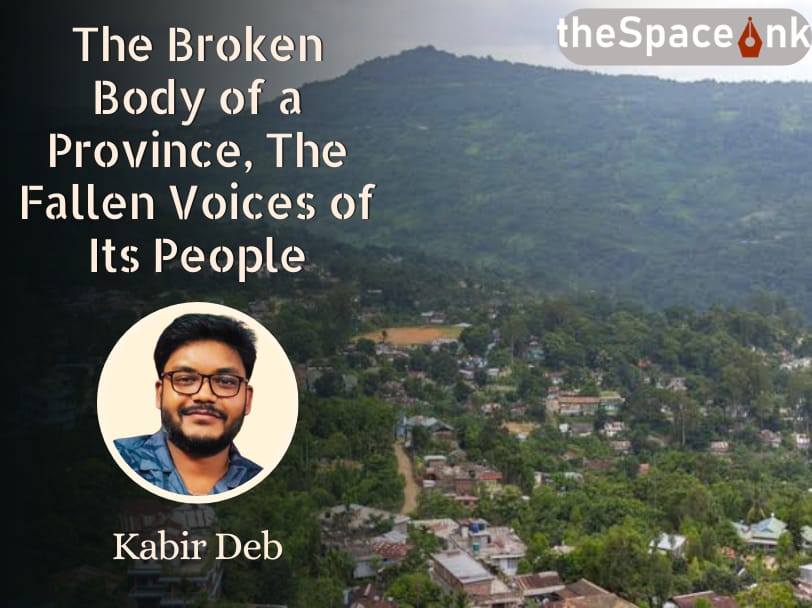The Jewish presence in India is ancient. Jews were trading between West Asia and India since Biblical times. ‘The Book of Kings’ mentioned the trade during the time of King Solomon, and the Talmud (record of the rabbinical commentaries and debates from the 2nd to 5th centuries), referring to specific items of trade such as ginger and iron. The Bene Israeli Jews believed they were shipwrecked off the Konkan coast in 175 B.C. Some scholars asserted that they came to India from Southern Arabi or Persia in the 5th or 6th century A.D. David Ezekiel Rahabi of Cochin, (1694 to 1771), the chief merchant of the Dutch East India Company, revived Judaism among the Bene Israelis, who had been isolated from mainstream Jewish practices for centuries.

The settlement of Jews on the Malabar coast, called Malabari Jews, was recorded by the ‘Copper Plates’ (Royal Charter) issued by the Chera/Perumal king of Kerala to Joseph Rabban, a Jewish merchant. It granted land and trade rights to the “Israelites.” The estimated date of the plates was 849 to 1000 A.D. Jews from Europe settled in Cochin in the 15th century and were called Paradesis (Outsiders) to distinguish them from the Malabaris.
The Jewish community to which I belong, the Baghdadi Jews, were the most recent settlers in India.
This community of traders from West Asia, established themselves in the 18th century in Surat, which was an important trading centre. Their arrival in Surat was preceeded by the Ashkenazi Jews, who managed the Indian Ocean trade to Europe. By the end of the 17th century, there was a sizeable Jewish presence in Surat trading in goods to the Asia region. It was my direct ancestor, Shalome Obadiah Ha Cohen from Aleppo, Syria, who was the first Jewish settler from our community to settle in Calcutta in 1797, after having spent a few years in Surat.

Shalome lived the rest of his life in Calcutta, with Chinsurah and Chandanagore as his base. In my most recent book, ‘Shalome Rides a Royal Elephant’, written and illustrated by me for ages eight up, I narrated Shalome’s colourful tale. His diary, ‘The Sefer Nowrooz’ (1789 – 1834), recorded personal details of his family, including the birth of his children, his travels, his trading interactions, religious matters, people he met, legal cases, observations and even his philosophical musings. As a jeweller, some of the most dramatic stories, were in the courts of princes and nobleman. For a short, but very lucrative period, he was the Vazir to Ghazi Ud Din Haidar, the Nawab of Awadh.
In Lucknow he had the honour of riding a royal elephant. He visited Maharaja Ranjit Singh, and the story went, he was asked to assess the worth of the Kohinoor. Amassing a great deal of wealth through his various business ventures, Shalome sent for his family to assist him. Other Jews from the Middle East soon followed with the Jews of Iraq becoming the most numerous.
Also Read: The Synagogues of Kolkata
Shalome laid the religious, cultural, and commercial foundations for the community. He established a prayer house and set out to build a cemetery for which he received a large gift of land from a Muslim friend. He encouraged his community to bestow charities. His son-in-law, Moses Duek, was the builder of the community and expanded Shalome’s commercial reach. Members of this diaspora, to consolidate their commercial reach, established themselves in port cities from Basra to Shanghai. Small communities of Jews across “Jewish Asia” were linked through family, business interests and a shared Middle Eastern Jewish religion and culture. Initially, the major fortunes were made in the auctioneering and shipping of opium. Later, community members branched out to venture into many other commercial activities where they were very successful.

The Sassoons of Bombay, also known as the Rothschilds of the East, were the richest and best-known of the Baghdadi Jews, who had a major presence in Bombay, Hongkong and Shanghai. There were many other prominent merchant princes across Jewish Asia, such as the Kadoorie’s, Belilios, Ezra, Menasseh Myers families that have left an indelible footprint across the region. They had endowed hospitals and schools that continued to thrive today, and street names evoked their contributions.
Culturally, too, the Baghdadi Jews were trailblazers in many fields, including film, photography, and the media. They played important administrative roles. Many Jewish women were in education and had broken ground in the legal as well as medical fields.

Now, only a handful of Jews were left in Kolkata, as is the case across Asia. Our institutions in Calcutta included three synagogues, two of which were designated as Heritage Grade 1 monuments by the Archaeological Survey of India. We still have two schools, and a large and very well-maintained cemetery. Many of the iconic buildings built by Jews, such as the Esplanade Mansions and Chowringhee Mansions, (no longer in Jewish hands) were significant landmarks in the city.
There are several hundred Bene Israeli Jews still living in Mumbai along with a handful of Baghdadis. There are practically no Cochini Jews left in the Cochin area. The descendants of the various Indian Jewish communities live across the world. The majority, more than 80,000 Jews of Indian descent, live in Israel.

The long and illustrious presence of Jews in India is not a closed chapter. A group of Jews in the Northeastern states of Mizoram and Manipur, called the Bene Menashe, claim descent from one of the Lost Tribes. They have formally converted to Judaism. Another group, called the Bene Ephraim, (Telugu speaking Jews of Andhra Pradesh), believe they are descended from the Tribe of Ephraim. Their claims, unlike those of the Bene Menasseh, have not been recognized yet.
The Jewish story in India is an old, rich, and diverse. India has had always been generous and welcoming to the Jews. The Jews of India, in return, enriched India and continue to hold India dear to their hearts. They have taken their memories of India with them. The Indian Jewish Heritage Centre being built in Israel, celebrates this unique Jewish experience.
All Images: The Author
Jael Silliman, born in Kolkata, was educated at Wellesley College, Mass., Harvard University, University of Texas, Austin. She received her doctoral degree in international education at Columbia University. She has written extensively on gender and economic development, and women’s movements in the developing world. 'The Teak Almirah', 'Where Gods Reside: Sacred Places of Kolkata', 'Jewish Portraits, Indian Frames: Women's Narratives from a Diaspora of Hope' are some of her published works.








